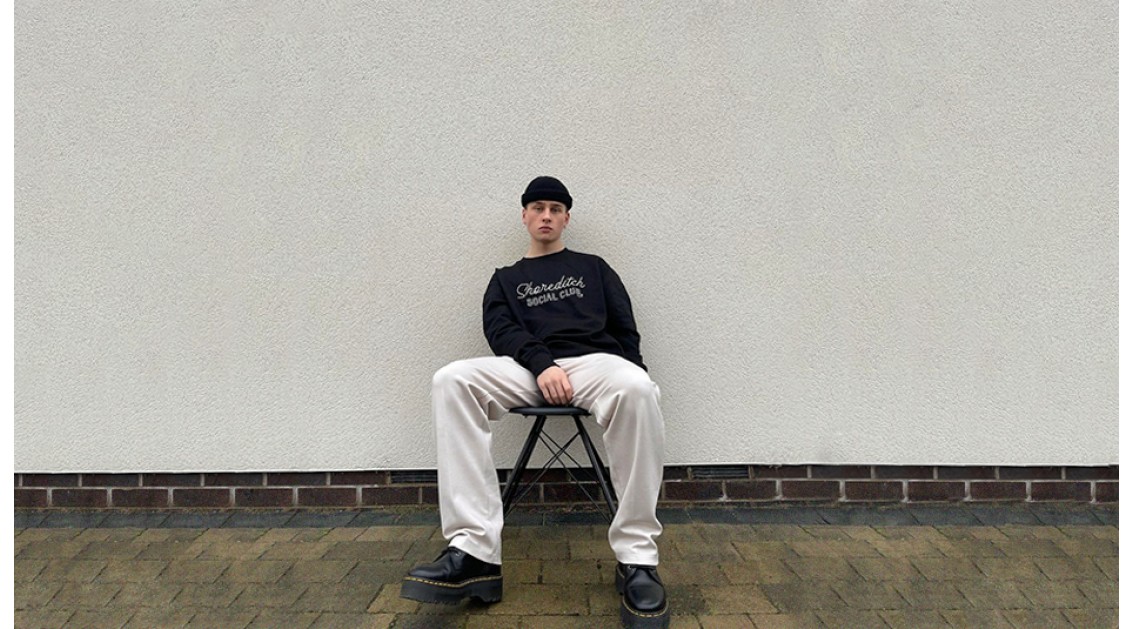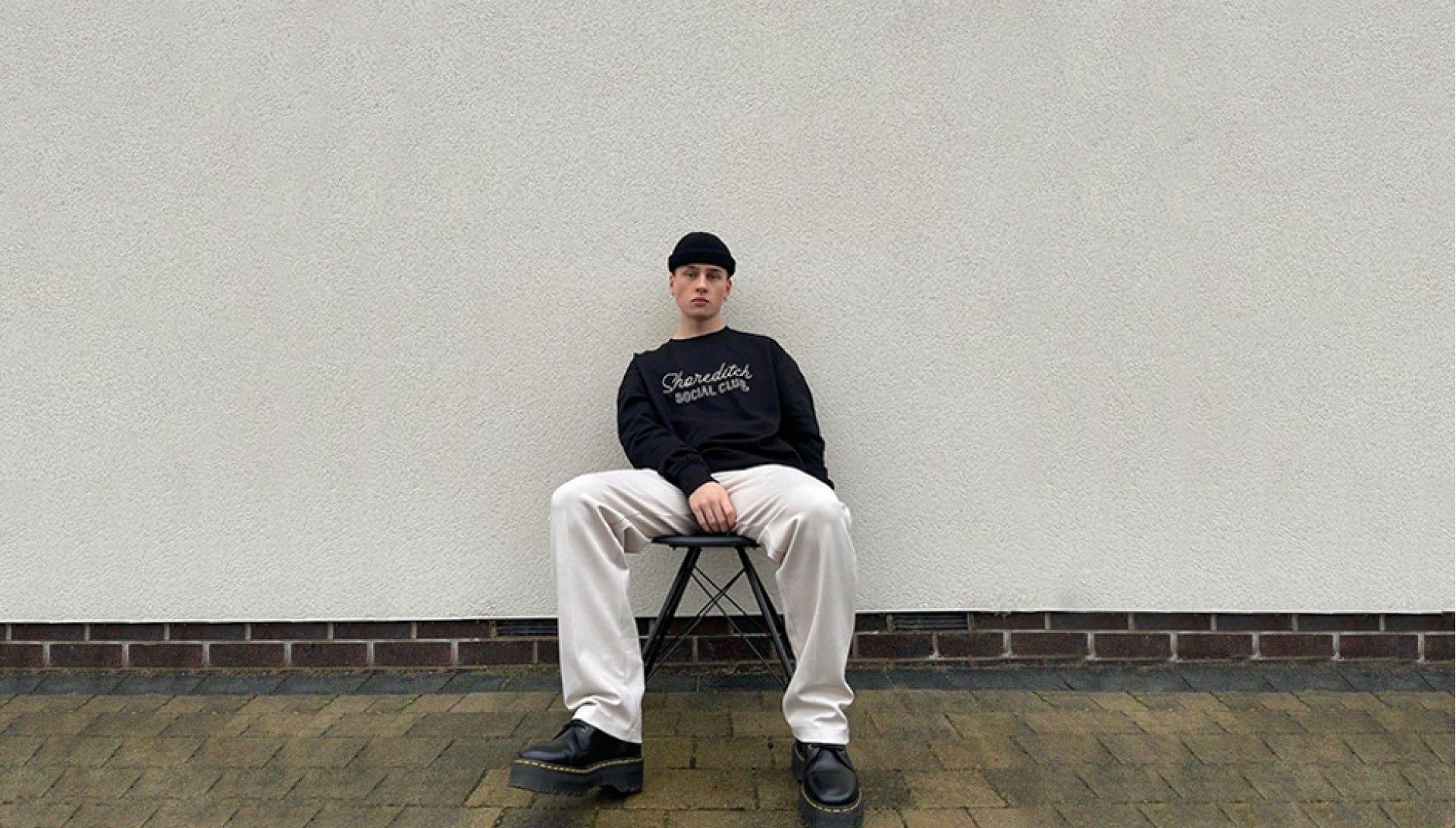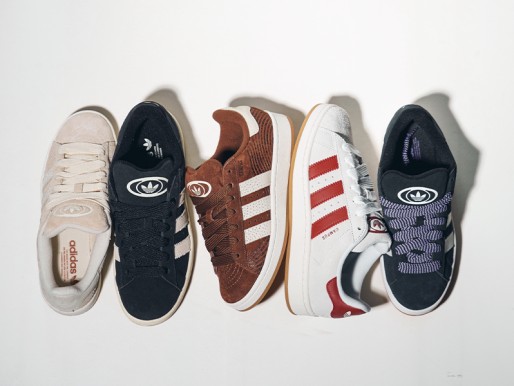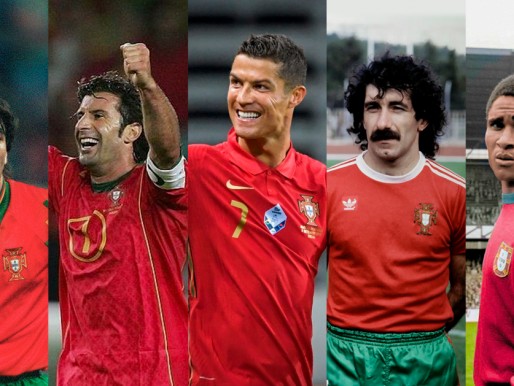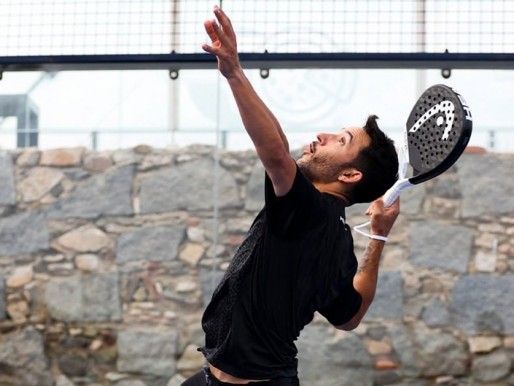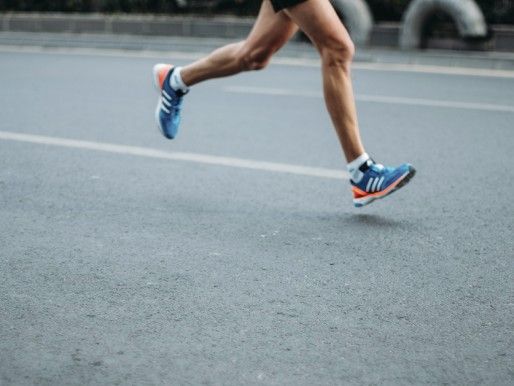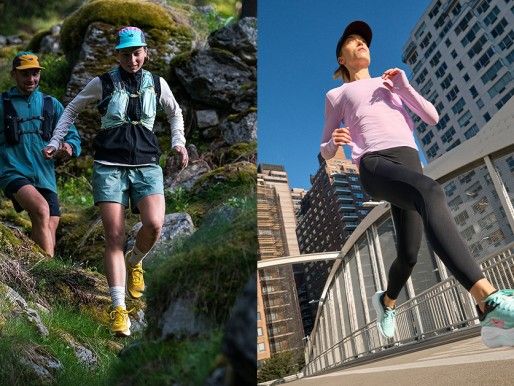We all knew that social networks changed our lives. However, we couldn't imagine the changes that would happen with the pandemic and the confinements. Although fashion is cyclical, in the last year and a half we have seen a resurgence of trends from the 90s and the turn of the millennium.
Where we once disconnected from reality, we now find connection with nature. Where once we isolated ourselves, now we share a free and easy international network. The world is changing and designers see that too. The new collections of the big fashion houses reflect this change, with sustainability and comfort gaining more and more space.
Now, after months of being locked up at home, you might want to invest in a more durable wardrobe that you can wear both at work or school and on an outing with friends. To help you understand what you should buy or how you can change the way you see your wardrobe, we're going to tell you about 5 fashion movements that are everywhere these days: Cottagecore, Dark Academy, Y2K, Ath-Flow and Power Dressing. Most of these movements are not new, but through social media, especially Tik Tok, they took over the world.
Cottagecore
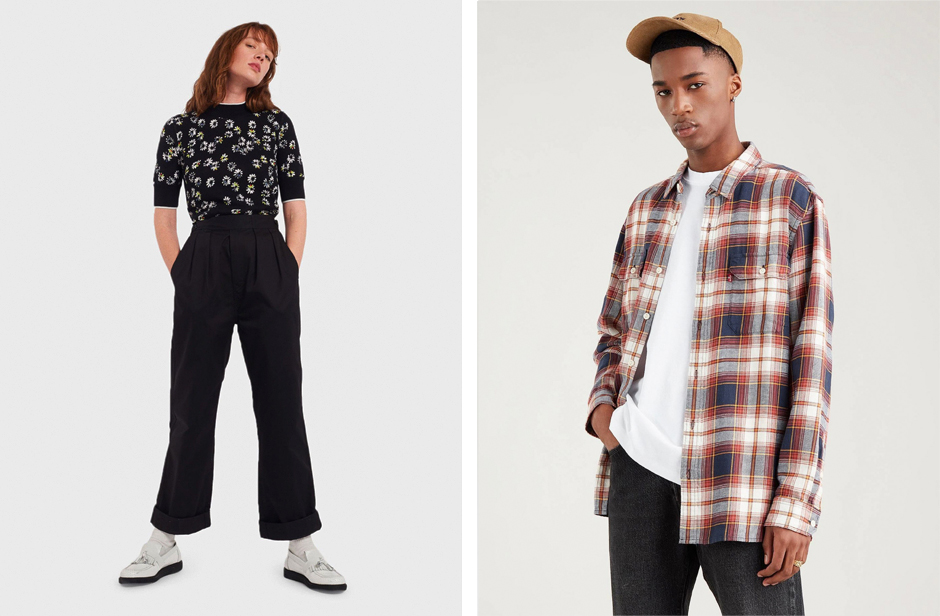
Cottagecore is an aesthetic that focuses on nature, rural reality, handmade and simplicity. Who during the pandemic didn't make or hear of someone who made bread? Well, that's part of this aesthetic. The desire to make things with our own hands, the desire to be in touch with nature and the taste for comfortable clothes go hand in hand with Cottagecore. To give you a sense, between March and May last year, the search for content related to this movement increased by 150%.
According to The New Yorker, this aesthetic evokes calm and romanticism. Here also comes the role of nostalgia and the association of the countryside with calmer and simpler situations. Games such as Animal Crossing or The Sims have seen an increase in sales and artists have been infected with the style, such as Taylor Swift in Folklore.
As an escape from our reality, this aesthetic translates into puffed sleeves, long skirts, delicate dresses and jumpers with floral patterns or natural prints. The style also features headscarves, straw hats and more natural accessories. Overalls, jeans and knitted jumpers are also part of the Cottagecore range.
Dark Academia
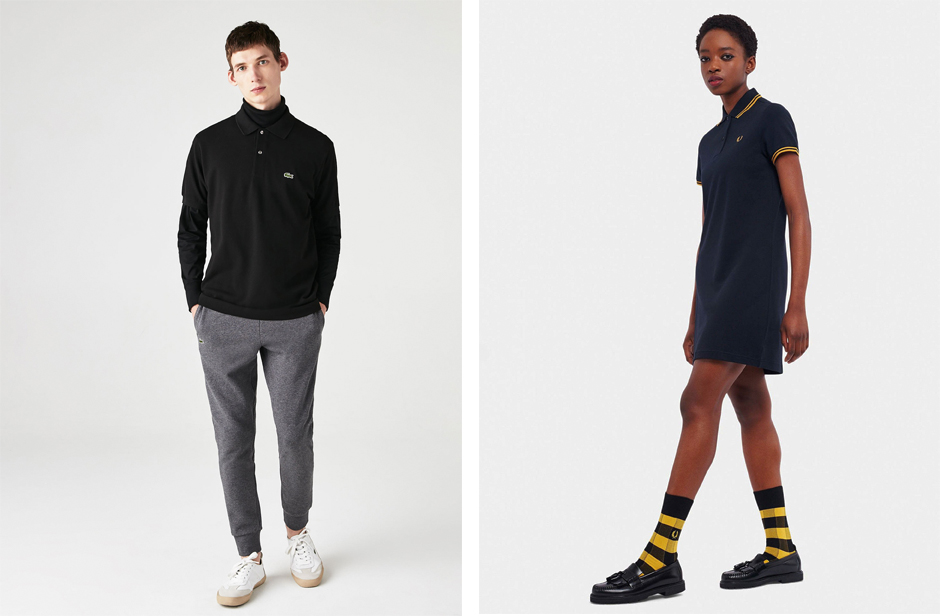
Throughout this post you'll realise that there are no clear boundaries between aesthetics. Pieces that fit one style, fit others. That's what happens with knitwear, which we've just mentioned at Cottagecore. Knitwear also fits in with the Dark Academia style. This aesthetic idolises and makes attractive higher education, academic knowledge, classical literature and the arts. It is a romantic and dark movement.
Think Harry Potter,The Dead Poets Club, Edgar Allen Poe and Dr.Martens. It's within this aesthetic that Generation Z will draw inspiration for their Dark Academia looks. It will drink from the student fashion of the 30s and 40s, especially from elite universities like Oxford and Cambridge. In addition, this aesthetic has the mysticism of secret societies, cults, mysteries, the dangerous and criminal. As the name suggests, it is a darker academic style.
In practice, this subculture is full of cardigans, blazers, collared shirts, mackintoshes, plaid skirts, tailoring clothes and classic shoes. In accessories, backpacks, glasses, ties, watches, umbrellas and knee socks are in the spotlight. The colour palette is around black, with earth tones, dark blues and troop greens also common. Tweed pattern is common, while it is rare to see denim pieces in this style. Fred Perry is a good Dark Academia example.
Y2K
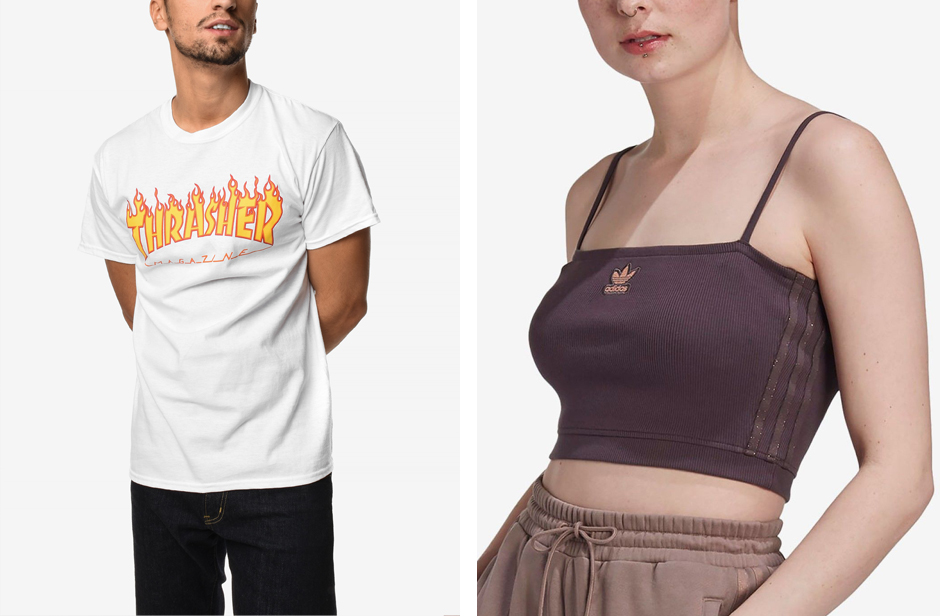
Maybe the name will give you some hint of this aesthetic, but just in case it doesn't: Y2K draws influence from pop culture from the years between 1995 and 2004. This aesthetic is very futuristic and technological, given the optimism living at the time with the turn of the millennium. Good examples of this movement are the Bratz dolls, which came out in 2001, and the films Matrix and Mean Girls.
Velvet tracksuits, leather trousers, short pleated skirts, crop tops, wide jeans, bright and colourful materials, chunky platform shoes are some of the trends that returned with the Y2K style. Here denim is queen and total denim looks are more than welcome. As is the case with transparencies. As for accessories, baguette bags, coloured sunglasses, bandanas and acrylic rings stand out.
It's interesting to note that Tik Tok played a major role in the dissemination of this style. So much so that the aesthetic itself has inspired artists like singers Olivia Rodrigo and Ariana Grande. At the same time, it is also curious to note that now that this style is on the rise, a new Matrix film is coming out. Coincidence?
ATH-Flow
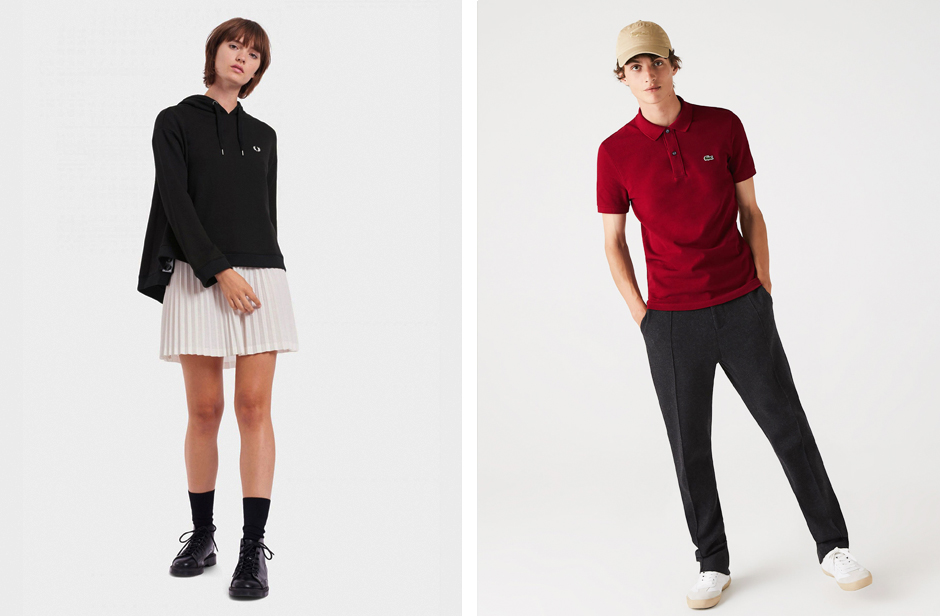
So far the movements mentioned have been dictated by social media. In this case, ATH-Flow was generated by pandemic. The name comes from athleisure flow and, in essence, means comfortable but stylish. ATH-Flow came about with telecommuting. This aesthetic mixes sportswear with classic, in an attempt to standardise the professional and the casual.
Now that life is starting to get back to normal and we've left home, will we want to go back to what we wore before or will we prefer to keep it comfortable? The answer from the experts points towards comfort and this can be seen on the catwalks. Flowing trousers and oversized pieces, mixed with sportswear and more stylish stay-at-home ensembles are commonplace, as Yves Saint Laurent showed at this year's summer show.
Similarly, the inclusion of more casual pieces like sweaters in more elegant looks are also characteristic of this style. The idea is to be chic and comfortable at the same time. Imagine a tracksuit and a classic overcoat or a shirt, a blazer and biker shorts. Go as far as your imagination takes you. High heels can be included in this aesthetic, but are usually replaced by flat shoes or sneakers.
Power dressing
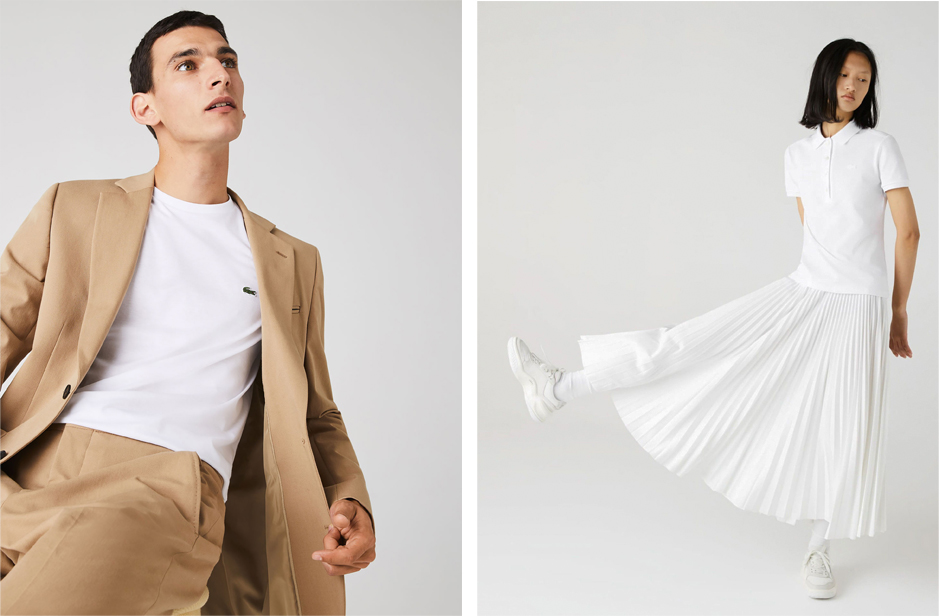
This is the last move and the most subjective of all. It is, as the name says, about dressing in clothes that make you feel powerful and confident. This aesthetic emerged in the 1980s, at a time when women wanted to claim power in the job market. To do so, they started dressing in suits, just like men. However, although the concept is the same, this style is no longer just about tailoring.
Power dressing is proof that our clothes and our style are interconnected with the way we are perceived in the world. The way you feel will show through to others. That's why more classic and powerful pieces will make you stand out. Blazers, turtlenecks and shoulder pads remain, but long skirts are now accompanied by sneakers. Denim is gaining space in the working world, adding casualness to a look that used to be too serious and heavy.
Nowadays, both men and women have to fight for their place, and this style, like all the others, applies to both. There are no specific pieces here, but rather sensations. Research, experiment and find out what works for you.
In this post we've only told you about concepts. Now it's up to you to figure out where you fit in or which ones you identify with more and start putting together your wardrobe. We have pieces that suit all movements. If, by any chance, you want to see a proposal for each style, leave us a comment. Until then, lose yourself on our website!

